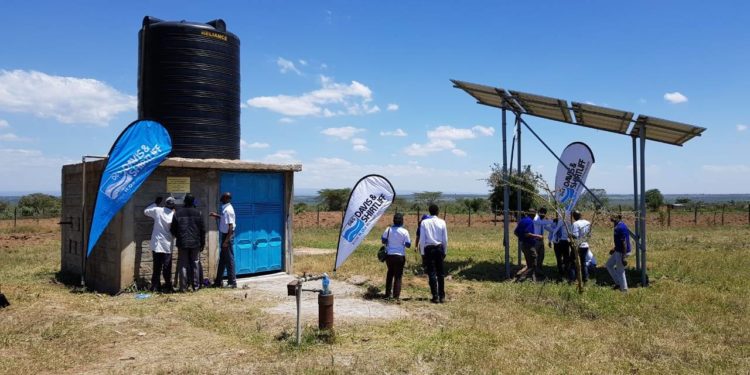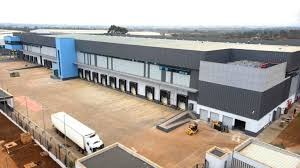Davis & Shirtliff has partnered with the National Steering Committee on Drought Response (NSCODR) to restore 100 boreholes spread across 32 devolved units in the country.
The primary objective of this initiative is to directly aid 2 million Kenyans residing in areas severely impacted by nationwide drought.
This collaboration between Davis & Shirtliff and NSCODR seeks to strengthen community resilience by empowering communities to collectively manage resources for the maintenance of these boreholes. Both entities have developed a comprehensive Sustainable Resilience Program designed to reinforce water infrastructure facilities. The program’s overarching goal is to proactively mitigate the adverse effects of drought, thereby protecting the nation from its widespread repercussions.
As part of this partnership, Davis & Shirtliff will supply high-quality spare parts and accessories, along with warranties for the equipment to be acquired and installed at designated borehole locations by contracted drillers and equipment suppliers. The company has actively participated in multiple drought response initiatives guided by NSCODR. Their contributions include expertise in creating Bills of Quantities, providing technical guidance on boreholes and related works, and evaluating bidders and technical documents to ensure optimal outcomes.
RELATEDPOSTS
Established in November 2022 under President William Ruto’s leadership, NSCODR has been assigned the responsibility of creating a private sector-driven National Drought Mitigation Appeal Fund and raising funds to support the government’s drought response efforts. Kenya, akin to its counterparts in the Horn of Africa, grapples with a severe water crisis exacerbated by prolonged droughts linked to climate change and heightened demand resulting from population growth and urbanization.
This collaboration between Davis & Shirtliff and NSCODR represents a significant step in addressing Kenya’s water crisis. By refurbishing boreholes, the project will provide a reliable water source to communities in drought-affected regions, enhancing their quality of life. The emphasis on improving community resilience is noteworthy, as it will enable communities to pool resources for borehole maintenance, ensuring their long-term sustainability.
















